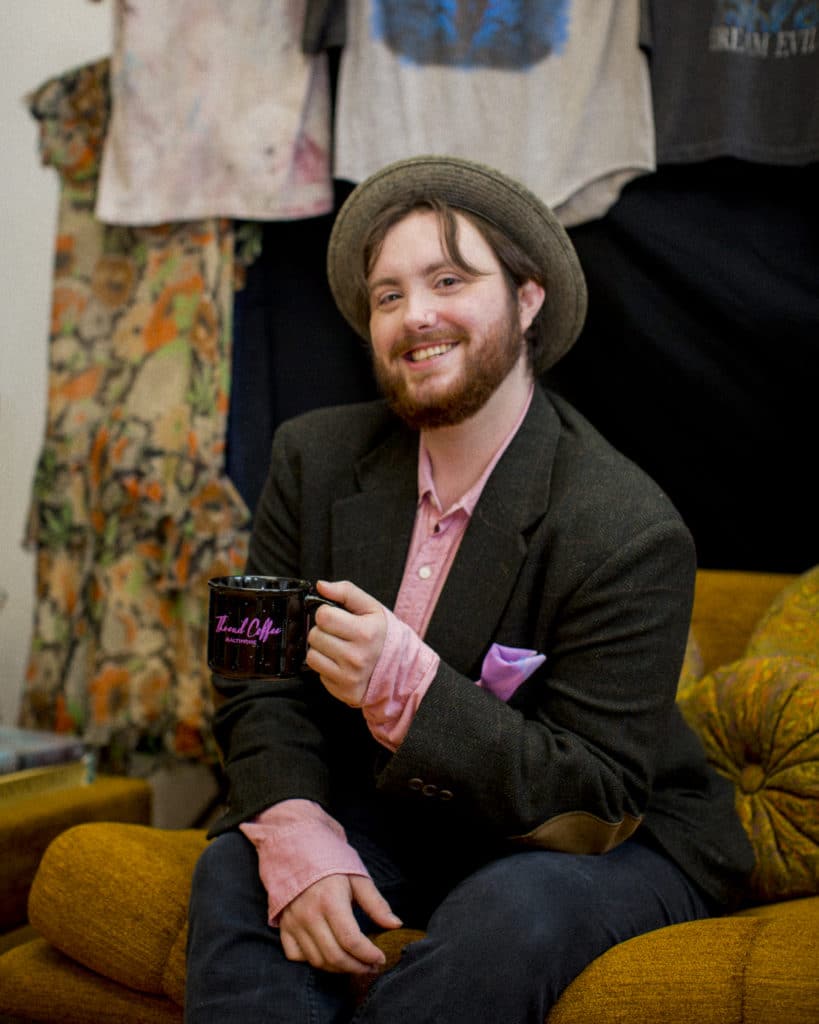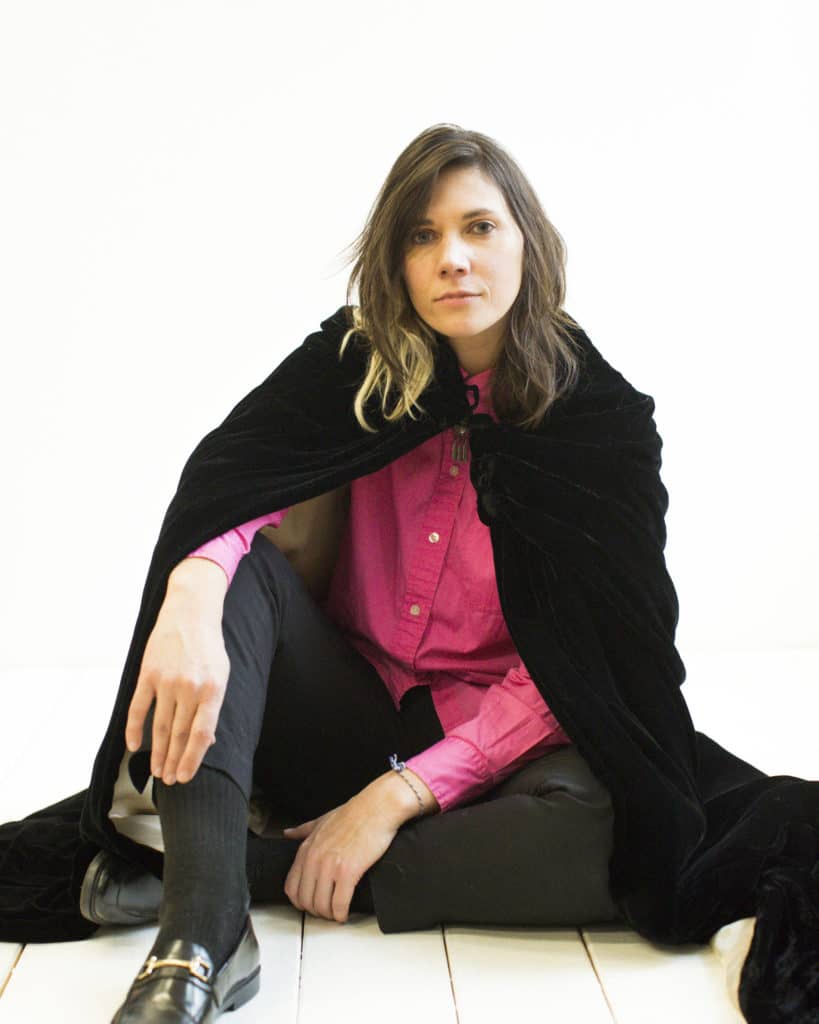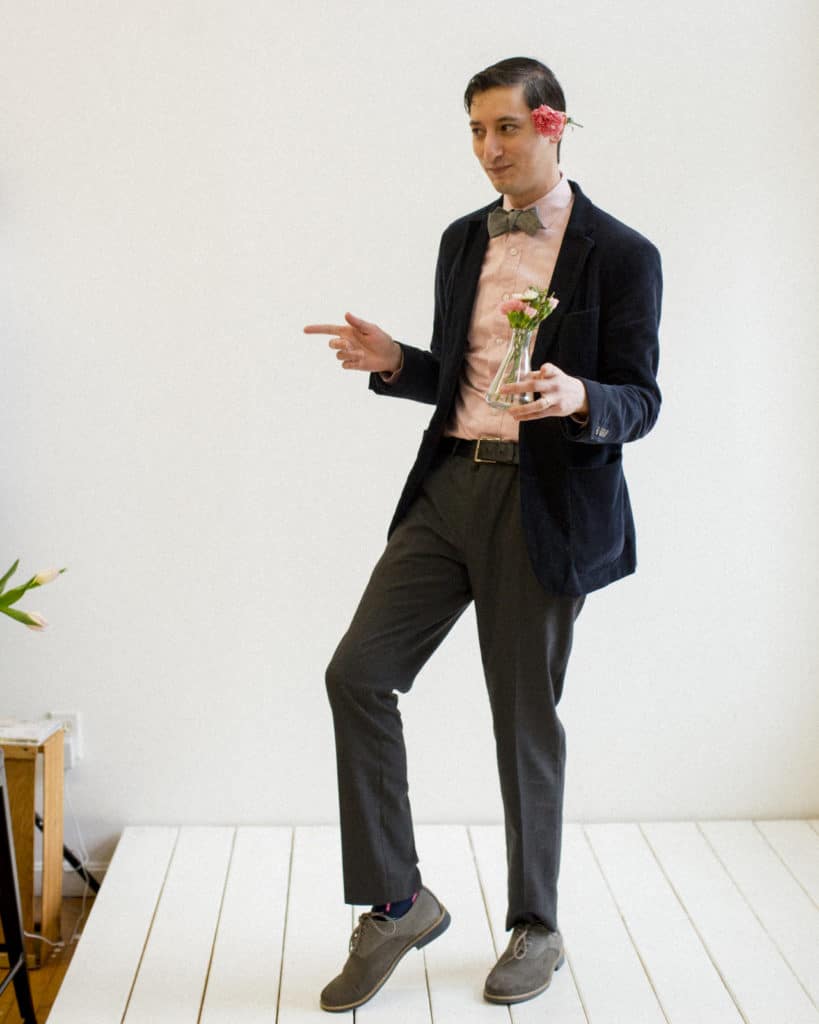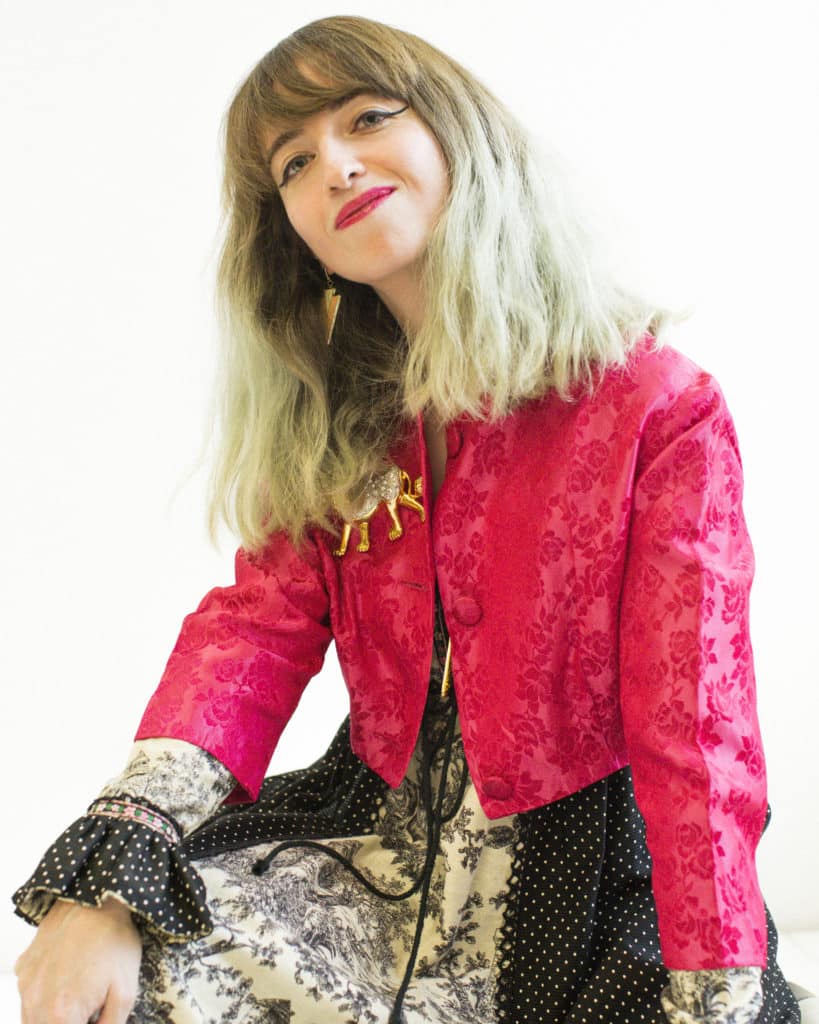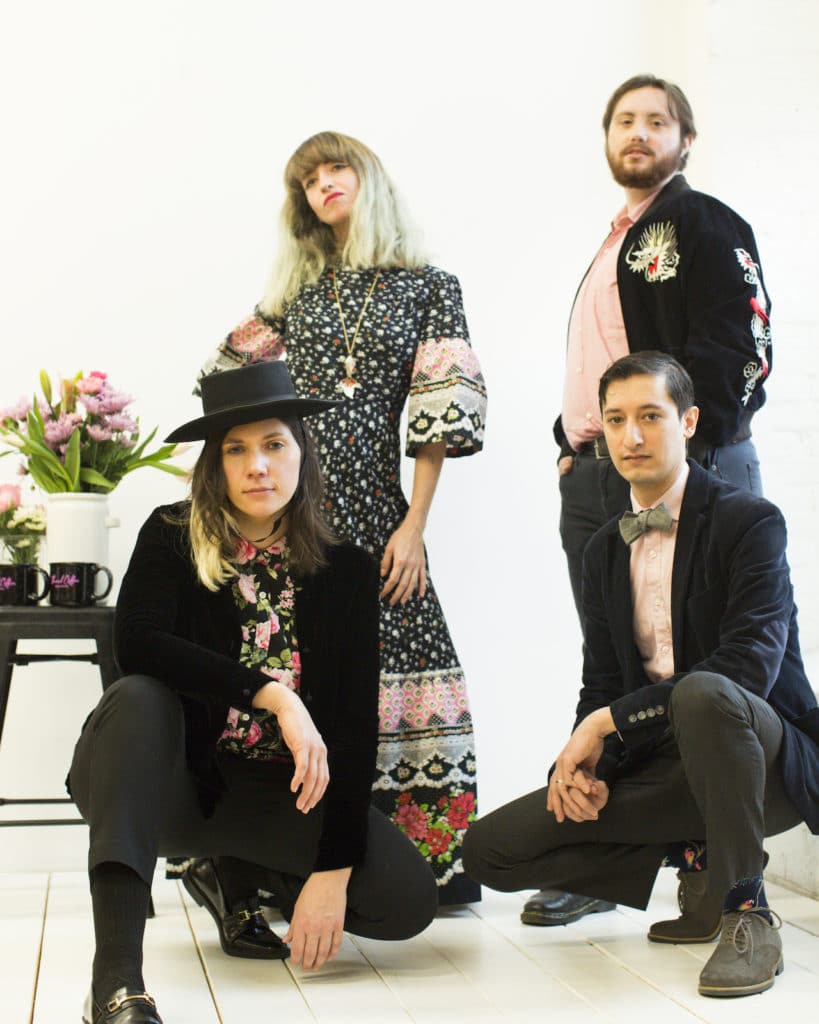No products in the cart
We spent a day visiting with the Permata Gayo members in the village of Tunjung Sari.
We began at a house meeting, where we were able to talk with the farmers about why they were working with Permata Gayo, what were the benefits and what were the challenges they were facing, learn a bit more about their process for selling the coffee, and provide space for them to ask us any questions they had. This was interesting for a number of reasons. In Sumatra, the process for selling coffee typically includes someone who acts as a “collector”. They typically are not members of the cooperative, they can’t vote and they aren’t elected, but they are responsible for buying the coffee from the farmers that are members and then selling it to the cooperative. Permata Gayo uses the collector system and the collector for that village was at the meeting we attended. Though this role seemed to us to be unnecessary, it seems to be a part of the culture, and not something they were interested in changing. After the cooperative has the coffee, it then is exported to buyers in the Global North, like Cooperative Coffees. Often, the coops use an exporter, but Permata Gayo has recently been able to start exporting their coffee themselves.
 Next we went out to the fields and saw some of the things discussed at the meeting. Sukamto, one of the farmers, showed us how he had begun using organic composting techniques to improve the quality of the soil. He also showed us a disease on a few of the trees that he was worried about. Luckily, it didn’t look like the roya (coffee rust) that has been plaguing Central America. And in fact, his farm – along with most of the farms we visited – had some of the healthiest looking plants I’d ever seen.
Next we went out to the fields and saw some of the things discussed at the meeting. Sukamto, one of the farmers, showed us how he had begun using organic composting techniques to improve the quality of the soil. He also showed us a disease on a few of the trees that he was worried about. Luckily, it didn’t look like the roya (coffee rust) that has been plaguing Central America. And in fact, his farm – along with most of the farms we visited – had some of the healthiest looking plants I’d ever seen.
 We also visited one of their warehouses to see how the coffee is processed. They had a unique way of doing this as well. First the coffee cherries are picked, and sold to the collector. The collector then takes them to a warehouse to pulp the cherries, and then lets them ferment overnight. They are then washed and laid out to dry. The coffee is called “gaba” at this stage, as it still has a layer of parchment around the bean. Once the bean gets to about 40% moisture content, the coffee is hulled to remove the remaining layers around the bean. Typically this is done when the beans are much dryer, as they are still very fragile at 40% moisture. We asked the farmers why they did this so early, but they really had no other reason other than that this was how it was done. They explained that if it was done later, the coffee wouldn’t dry to the right color. Once the beans are hulled, they are laid out to dry further, typically to about 18%. They are then bagged and shipped to the warehouse in Medan, where they are dried further, sorted, and bagged a final time for export. This extra step in the drying process was not something I’d heard of farmers doing before. I think this explains why Sumatran beans have the beautiful deep blue green color – it’s also likely due to the high humidity making it difficult to fully dry the beans.
We also visited one of their warehouses to see how the coffee is processed. They had a unique way of doing this as well. First the coffee cherries are picked, and sold to the collector. The collector then takes them to a warehouse to pulp the cherries, and then lets them ferment overnight. They are then washed and laid out to dry. The coffee is called “gaba” at this stage, as it still has a layer of parchment around the bean. Once the bean gets to about 40% moisture content, the coffee is hulled to remove the remaining layers around the bean. Typically this is done when the beans are much dryer, as they are still very fragile at 40% moisture. We asked the farmers why they did this so early, but they really had no other reason other than that this was how it was done. They explained that if it was done later, the coffee wouldn’t dry to the right color. Once the beans are hulled, they are laid out to dry further, typically to about 18%. They are then bagged and shipped to the warehouse in Medan, where they are dried further, sorted, and bagged a final time for export. This extra step in the drying process was not something I’d heard of farmers doing before. I think this explains why Sumatran beans have the beautiful deep blue green color – it’s also likely due to the high humidity making it difficult to fully dry the beans.
 We talked with them about what exactly we’re looking for in the coffee, what’s popular in the US (& Europe), and the importance of good, consistent quality. And the cooperative has been working with us to help provide that. We had the opportunity to cup some samples from the shipment that was heading out to the US (and that will likely be in our store in the coming months!) and it was really delicious, some of the best yet!
We talked with them about what exactly we’re looking for in the coffee, what’s popular in the US (& Europe), and the importance of good, consistent quality. And the cooperative has been working with us to help provide that. We had the opportunity to cup some samples from the shipment that was heading out to the US (and that will likely be in our store in the coming months!) and it was really delicious, some of the best yet!
Check out more photos here!



